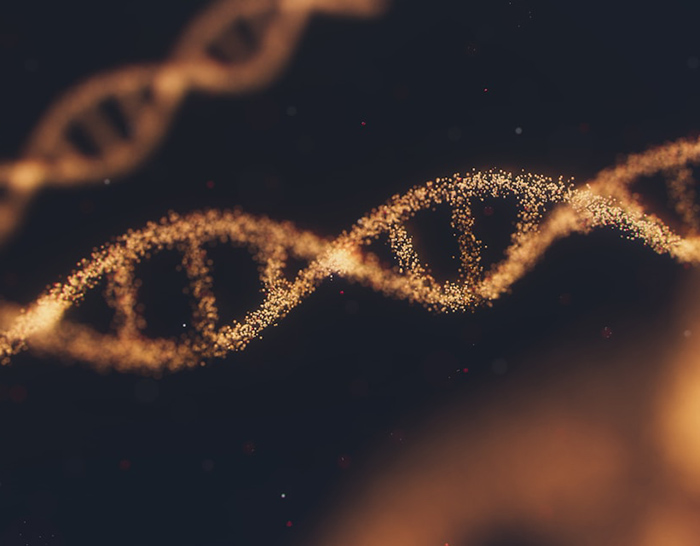Certain serious psychiatric or gastrointestinal conditions require neuroleptic drugs, which are designed to block dopamine receptors in the brain and central nervous system, but these drugs bring the risk of a new problem, tardive dyskinesia, a rare condition affecting motion.
“Tardive dyskinesia is characterized by involuntary and abnormal movements of the jaw, lips and tongue. Typical symptoms include facial grimacing, sticking out the tongue, sucking or fish-like movements of the mouth. In some cases, the arms and/or legs may also be affected,” according to the NORD Rare Disease database.
For those who must take antipsychotic medications over long periods of time, the chance of developing tardive dyskinesia is as high as 20-50%, depending on their age group, as risk increases with age, a study found. “African-American, Asian-American, people with diabetes and individuals over 55 are at a greater risk,” according to the National Alliance on Mental Illness (NAMI). More than half a million Americans are affected by the condition, according to the Movement Disorders Policy Coalition.
Despite the risk of tardive dyskinesia posed by neuroleptic drugs, the conditions being addressed by these drugs—including bipolar disorder, depression, schizoaffective disorder, or anxiety disorder—are so serious that doctors don’t recommend quitting them. Fortunately, new drugs have been developed that can help. Diagnosis is achieved through a test called the “Abnormal Involuntary Movement Scale,” which helps doctors rate abnormal movements.
Raising awareness of tardive dyskinesia
The best defense against tardive dyskinesia is to be aware of the possibility of the problem occurring. Watch for symptoms and talk to your doctor about the condition if you are taking anti-psychotic drugs. Catching the problem earlier can help. Raising awareness is the idea behind Tardive Dyskinesia Awareness Week, which runs from May 1-7.
“Recognition of Tardive Dyskinesia Awareness Week will help promote greater awareness about the impact and burden of TD, both for the public and those who may be at risk of developing the condition,” according to the Movement Disorders Policy Coalition. “Increased awareness will support people living with TD, their caregivers and their communities.”
Neurocrine Biosciences is assisting with increased awareness through their Talk About TD website, which includes basic information, stories from patients, guidance for finding a specialist, information for carers, and more.
“We are proud to support Tardive Dyskinesia Awareness Week for the fifth straight year. With mental health continuing to be a significant challenge, it is important to include TD in the conversation because of the emotional and social consequences this disorder can have for patients already living with mental health issues,” said Dr. Eiry W. Roberts, Chief Medical Officer at Neurocrine Biosciences
Tardive dyskinesia treatments
For those diagnosed with tardive dyskinesia, it can help to change the dosage or type of the neuroleptic drug being used. “Risk rates also vary based on the type of antipsychotic medication being used. Lower rates are associated with newer antipsychotic medications referred to as ‘second generation,’ ” said NAMI.
Two drugs for the condition were approved in 2017. The first drug, Ingrezza, with the generic name valbenazine received FDA fast-tracked approval “given TD’s unmet treatment need,” according to NAMI. The second drug, Austedo, with the generic name deutetrabenazine, had been approved for treating involuntary movement associated with Huntington’s disease.
“Both of these medicines work in similar ways to regulate the amount of dopamine flow in brain areas that control certain kinds of movements,” according to WebMD.




